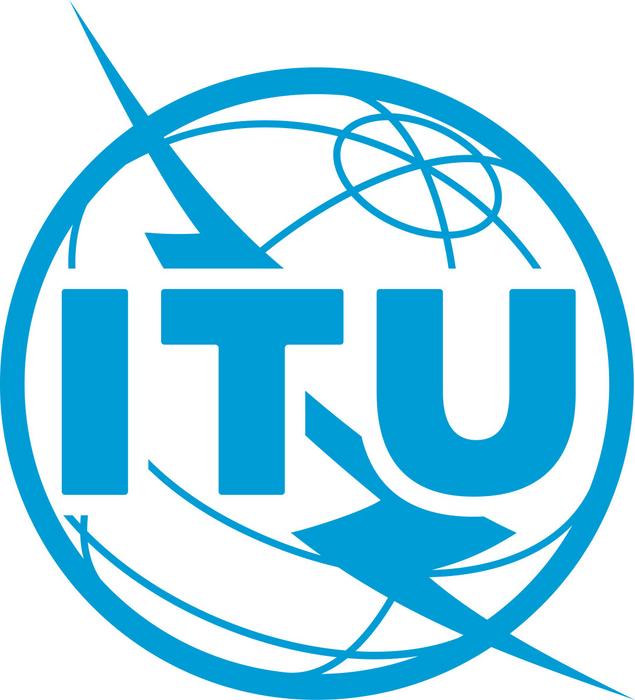New Delhi: Researchers at the DST Centre of Excellence in Climate Modeling at IIT Delhi, in collaboration with IIIT Delhi, MIT USA, and JAMSTEC Japan, have developed a state-of-the-art machine learning model for monsoon rainfall prediction.
The model developed by a research team led by Prof. Saroj K. Mishra of IIT Delhi has predicted an All India Summer Monsoon Rainfall (AISMR) of ~790mm in the oncoming monsoon season, meaning a normal monsoon for the country in 2023.
The prediction is made using a model trained with historical AISMR data, Niño3.4 index data, and categorical Indian Ocean Dipole (IOD) data for the period 1901–2001.
The AI/ML model developed and tested has proven to be better performing than the current physical models used for monsoon predictions in the country. It has demonstrated a remarkable forecast success rate of 61.9% for the test period of 2002–2022. This is based on whether the model is able to predict the AISMR within +/-5% of the actual values observed each year.
The prediction using the AI/ML model can be made months in advance, depending on the availability of Niño3.4 index and IOD forecast, and can be updated accordingly based on their evolution. Thus, the data-driven models are flexible to inputs and can better capture the nonlinear relations among the monsoon drivers, all while being less computationally intensive.
A handful of people running these models on a personal computer within a limited time can provide a more accurate monsoon rainfall forecast compared to the resource intensive process involved with traditional physical models.
The research team also includes Prof. Tanmoy Chakraborty, Dept. of Electrical Engineering, and PhD scholar Pankaj Upadhaya from IIT Delhi, Udit Narang and Kushal Juneja from IIIT Delhi, Prof. Swadhin Behera from JAMSTEC Japan, and Dr. Popat Salunke from MIT USA.
- PRESS RELEASE







